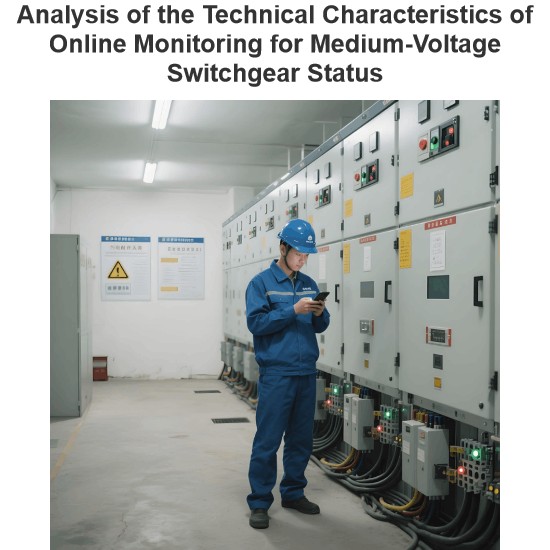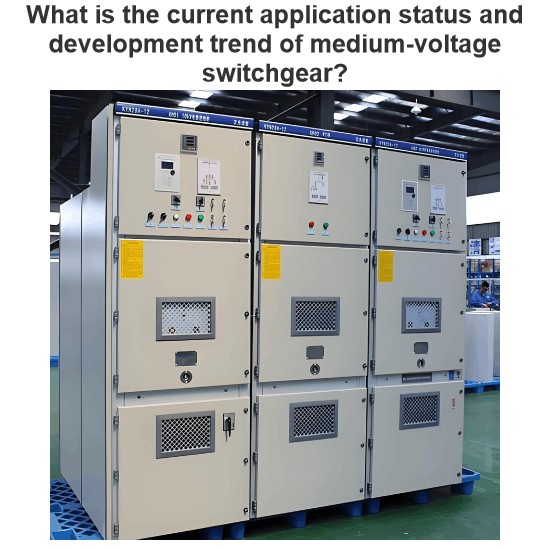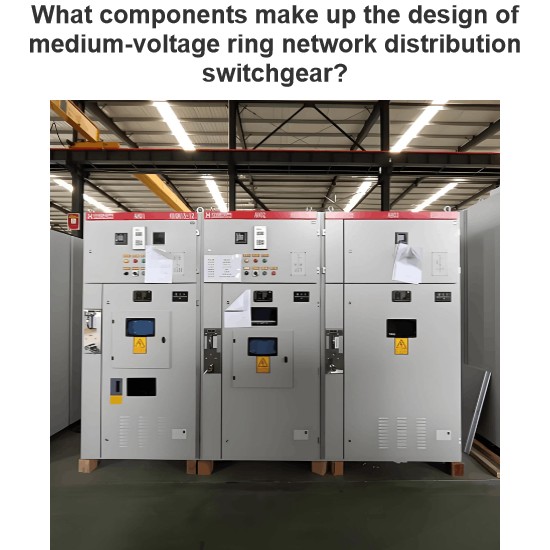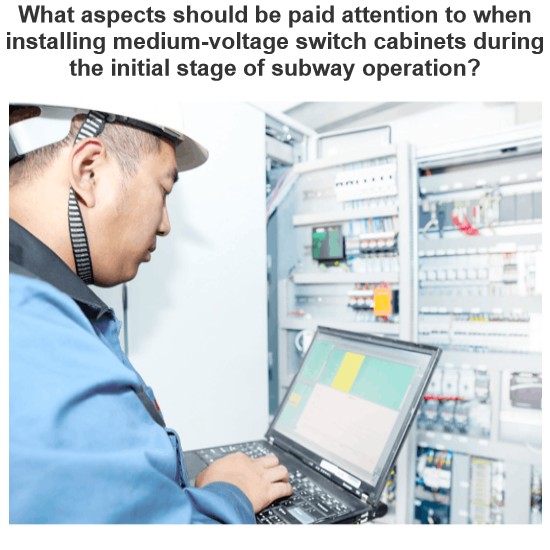What is meant by the voltage of a system, and how does voltage flow through a current?
Meaning of system voltage
Definition
System voltage is the potential difference between specific points in an electrical system (such as a power supply system, an electronic circuit system, etc.). In power systems, it usually refers to the voltage between a certain phase or line in the grid. For example, in a three-phase four-wire low-voltage distribution system, the phase voltage (the voltage between the live line and the neutral line) is 220V, and the line voltage (the voltage between the live line and the live line) is 380V, which are typical values of the system voltage.
Effect
System voltage is an important index to measure the energy state of electrical system. It determines the amount of power the system can provide to the load and the efficiency of the power transfer. For different electrical equipment, it can only work normally under its rated voltage. For example, a lamp with a rated voltage of 220V, if the system voltage deviates too much from 220V, the brightness and life of the lamp will be affected.
Determining factor
The size of the system voltage is determined by the output voltage of the generating equipment (such as the generator), the transformer's transformer ratio, and the various regulatory devices in the power transmission and distribution process. In a power station, a generator generates a certain voltage of electrical energy, which is then raised by a booster transformer to facilitate long-distance transmission, and then reduced by a step-down transformer to a level suitable for use by the user's equipment before reaching the client.
The relationship between voltage and current (the expression of "how the voltage flows through the current" is not accurate, but how the current is generated and flows under the action of the voltage)
Microscopic mechanism (Taking metal conductor as an example)
A large number of free electrons are present in metallic conductors. When there is a voltage at both ends of the conductor, it is equivalent to establishing an electric field inside the conductor. According to the action of the electric field force, the electric field exerts a force on the free electrons, causing the free electrons to move in a directional manner, thus forming an electric current. Voltage is the driving force that causes the free electrons to move in a directional way, just as when there is water pressure in a water pipe, the water will flow from where the water pressure is high to where the water is low, and the electrons will flow from where the potential is low to where the potential is high (the direction of the current is specified as the direction of movement of the positive charge, so it is the opposite of the actual direction of movement of the electrons).
Ohm's law
According to Ohm's law I=V/R, (where I current, U is voltage, R is resistance), in the case of a certain resistance, the greater the voltage, the greater the current. This shows that there is a quantitative relationship between voltage and current, the voltage is the cause of the current, and the size of the current depends on the size of the voltage and resistance. For example, in a simple circuit, if the resistance is 10Ω and the voltage is 10V, the current can be calculated as 1A according to Ohm's law; If the voltage rises to 20V and the resistance is unchanged, the current changes to 2A.
The situation in the circuit
In a complete circuit, the power supply provides voltage, which acts on the various components in the circuit (such as resistors, capacitors, inductors, etc.). When the circuit is closed, the current starts from the positive terminal of the power supply, passes through various circuit components, and returns to the negative terminal of the power supply. In this process, the voltage is distributed at both ends of different components, and the current flow in each component is determined according to the characteristics of the component (such as the resistance value of the resistor, the capacitive reactance of the capacitor, the inductive reactance of the inductor, etc.). For example, in a series circuit, the current is equal everywhere, and the voltage is distributed to each resistor in proportion to the resistance; In a parallel circuit, the voltage is equal everywhere, and the total current is equal to the sum of the branch currents.
The Electricity Encyclopedia is dedicated to accelerating the dissemination and application of electricity knowledge and adding impetus to the development and innovation of the electricity industry.













